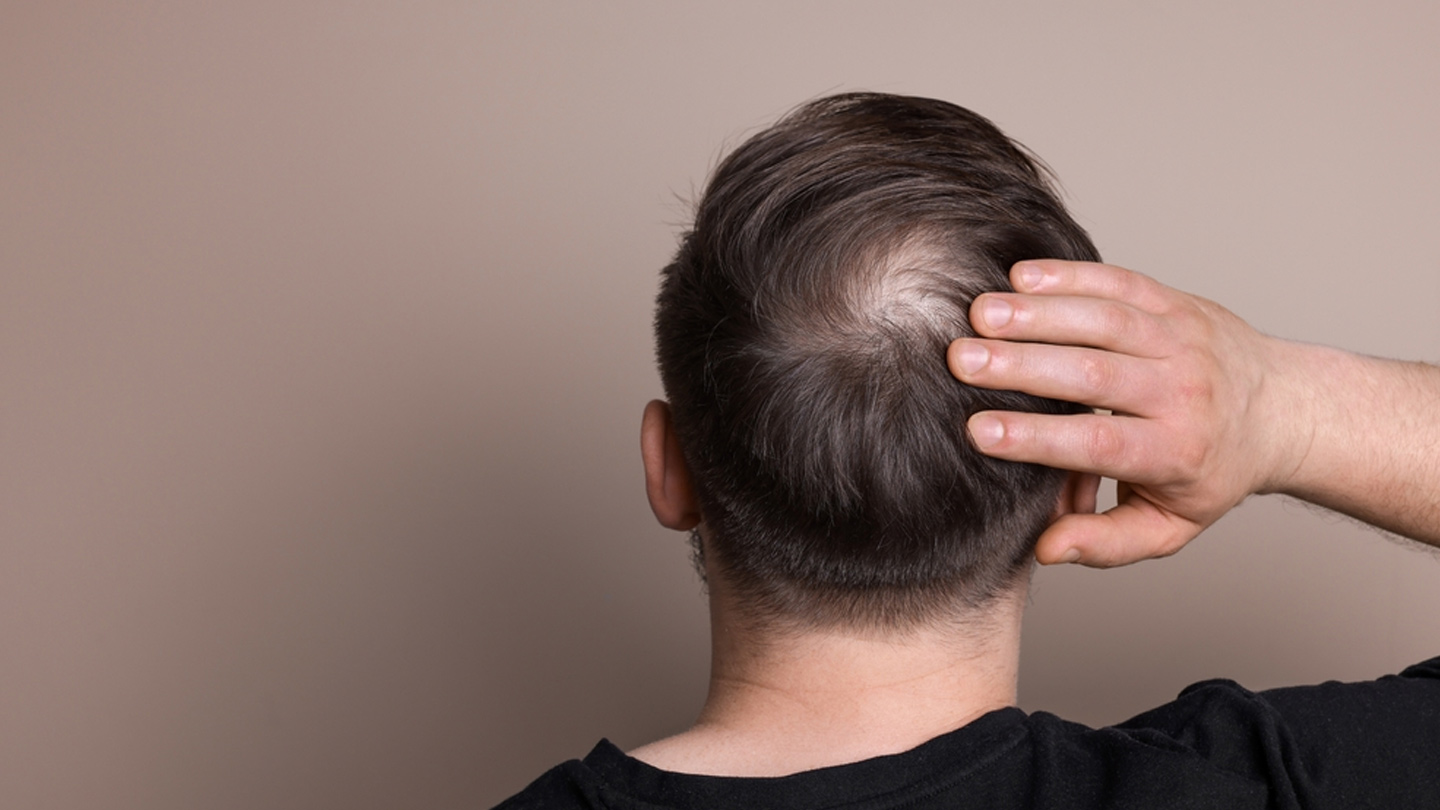Medical
Tackling Public Washrooms—Easy Guide To Stay Germ-Free
Aren’t we all too familiar with hovering over a public toilet seat? Unpleasant odour, possible infections, poor water arrangements, and the mammoth task of managing menstrual waste are some subjects of criticism. Here’s what you can do.

Women have more than three times the odds of reporting avoidance to use public restrooms because they believe them to be unsafe, finds Global Public Health, 2022. But, holding the urge to pee raises the chances of UTI and you must clear your bladder from time to time.
Indian public toilets are often known for their poor maintenance—wet floor, unfunctional flush, dirty toilet seats, leaking taps and even house flies—the fear of catching a urinary tract infection is real. For all the safety and convenience purposes, here’s a quick Q & A for using a public restroom.
Related story: 5 Common Myths About PCOS---Debunked
1. What are some essentials for a germ-free public-toilet experience?
Some essentials you should carry include a toilet seat sanitiser spray, disposable toilet seat covers, tissue paper, and a hand sanitiser.
2. How do I decide whether or not I should go for ‘that’ public toilet?
- Check for 3 things - cleanliness, flushing and latching of the door.
- Stay away from public toilets at seedy places or ones with dull lighting.
- Choose places that are safe. Some of the best bets include reputed restaurants, hotels, or major petrol pumps.
3. Do I touch any surface in a public toilet?
First rule, try not to touch any surface. Use disposable towels or wipes, to touch things such as door handles, flush knobs or faucets. If you do not have any of these, use your non-dominant hand for touching any surface. You can wash your both hands thoroughly, later.
Related story: Foods That Can Make Your Pee Smell
4. What do I do when I do not want to sit bum-to-porcelain on a public toilet?
Squatting is one option. But when squatting is not comfortable (for instance when you are pregnant) use antibacterial wipes to give a public toilet seat a clean-up. You can even line the seat with a disposable toilet seat cover.
5. What precautions do I need to take while flushing?
Use tissue paper or spray a disinfectant on the button. Also, face away from the toilet when you flush or simply close the lid to avoid any exposure to bacteria. A study published in Applied Microbiology finds that droplets produced by flushing toilets were found to harbor both bacteria and viruses that remain airborne long enough to settle on surfaces throughout the bathrooms.
Related story: An Ob-Gyn's Guide To 5 Female Hormones And Their Impact On Your Health
6. What should I use in a public washroom: a hand dryer or a paper towel?
Infection Control and Hospital Epidemiology, 2022 finds that air hand dryers can blow bacteria from bathroom air back onto your hands. So, ideally choose paper towels over hand dryers.
7. Which is better : dispensable soap or a hand sanitiser?
The Centers for Disease Control and Prevention (CDC) says that hand sanitisers (even ones with 60 per cent isopropyl alcohol) are not as effective as soap due to many reasons. Hand sanitisers are not designed to get rid of all germs. Also, hand sanitisers also do not work well when your hands are wet or greasy which significantly reduces the penetration of sanitiser onto your skin to kill the surface germs.So, while it is always better to keep a hand sanitiser handy for situations where the soap itself looks dirty or dispensable soap is not available, prefer cleaning hands with soap over sanitiser. Infact, as an extra layer of safety, you can always use your hand sanitiser once you wash with soap.
8. How do I dispose my sanitary napkin in a public washroom?
Carry a few mini-sized ziplock covers to roll the used pad in toilet paper and then place it in the plastic bag, zipping it close. Place that into the trash can.
Related story: Toxic Shock Syndrome—Why Menstrual Hygiene Matters
Guide To Proper Hand Washing
As per National Health Service (UK), proper hand washing regimen must consist of the following steps:
1. Wet hands with water.
2. Lather your hands until above wrist. Lather every part of the hand. (Don’t miss the fingernails and underneath skin.)
3. Scrub your hands for at least 20 seconds. As a rudimentary timer, you can hum “Happy Birthday” song twice.
4. Rinse your hands under the water and close the tap with a piece of disposable cloth or paper.
5. Dry your hands with a paper towel or handkerchief.
EXPLORE MORE
A sprain isn’t “just a sprain.” Here’s what your ankles wish you knew.
Your body whispers before it screams. Here are the early heart disease warning signs most people overlook until it’s too late.
Baldness isn’t just about ageing; it’s a complex condition influenced by biology, habits, and health. Understanding it is the first step toward managing it.
Breast cancer before 40 is rare, but not impossible. Know these warning signs so you can spot them well in time.







.jpg)


